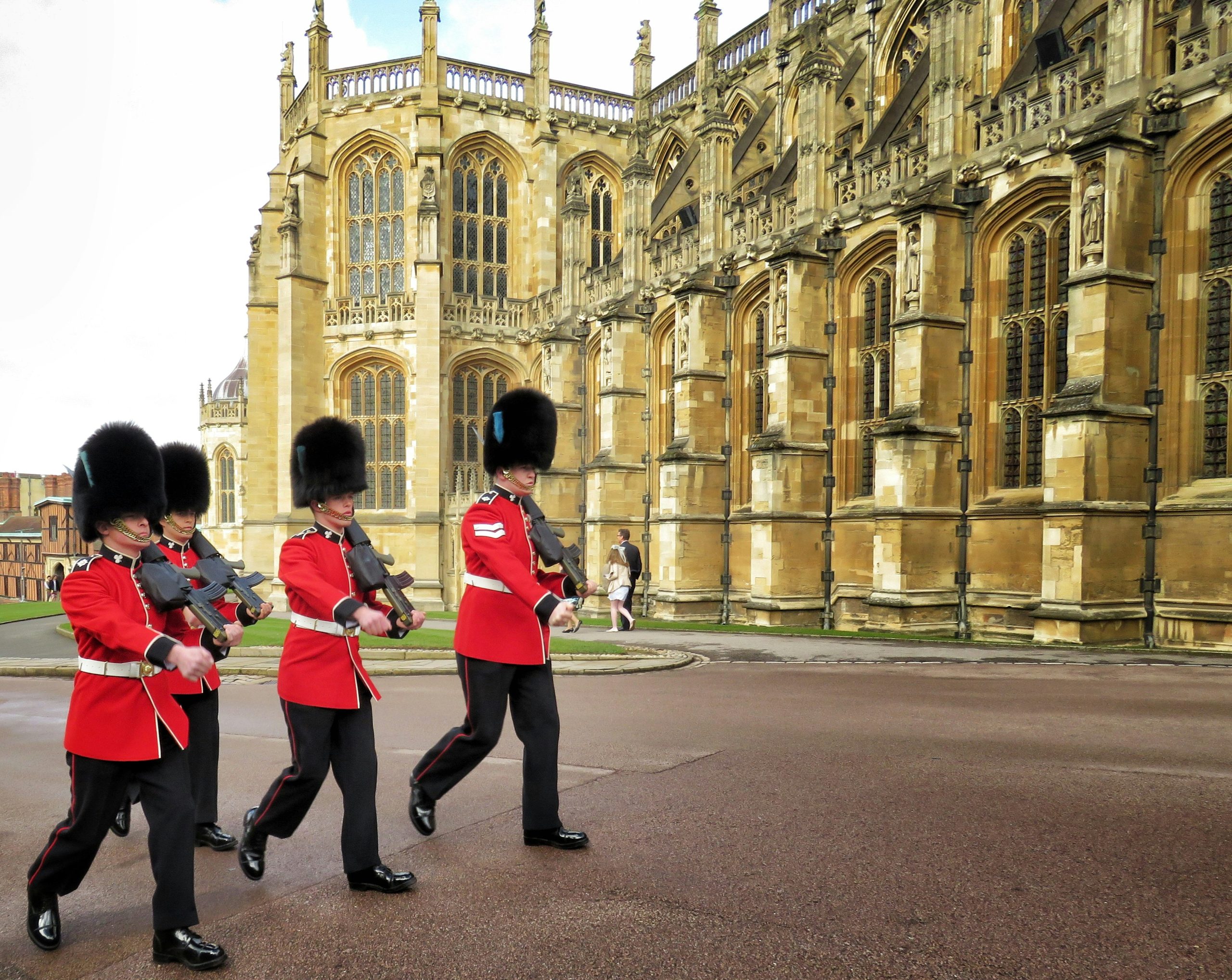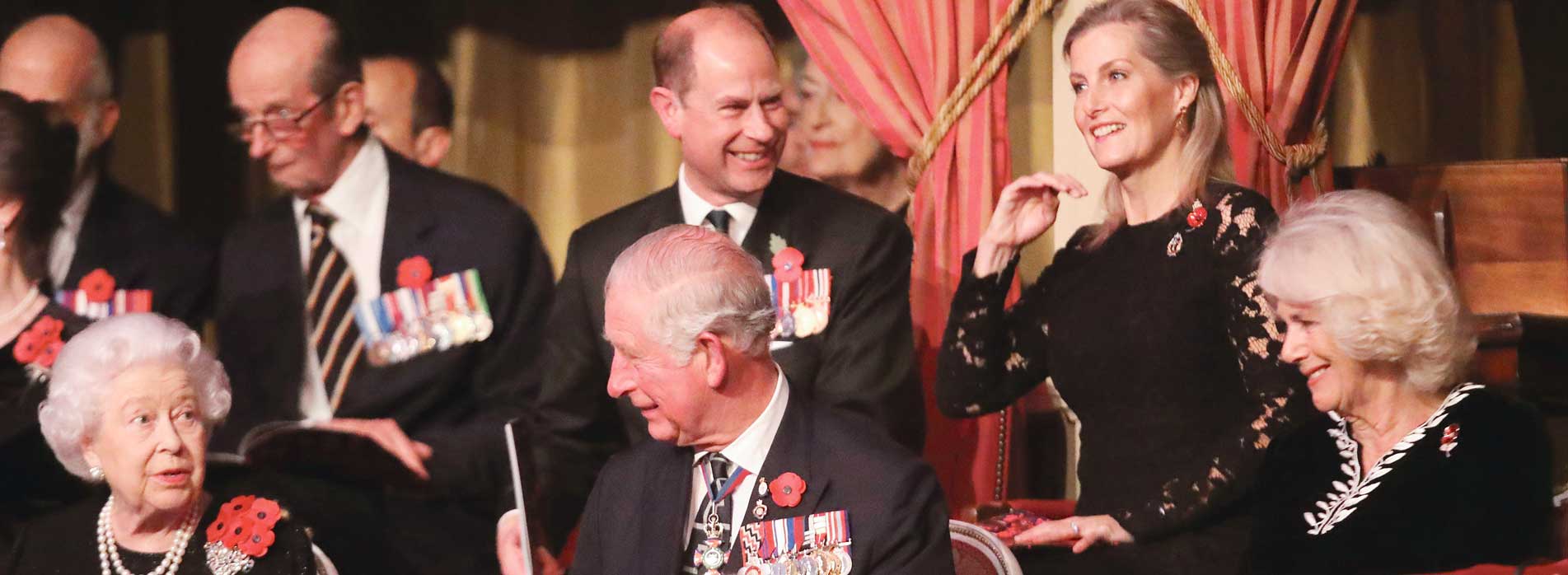Britain’s royal damnatio memoriae of Andrew

When the Romans cut out the names of disgraced people on statuary, those newly in bad odour were dead. Damnatio memoriae was usually posthumous. Even so, it was presumably debilitating for those who had loved or admired the disgraced person and those the dead person loved back.
Professor Leslie Brubaker, of Birmingham university’s Centre for Byzantine, Ottoman and Modern Greek Studies, has noted that the Roman were vicious about inflicting immense pain: When the Romans cut out the names of disgraced people on statuary, she writes, “they usually left the viewer with just enough information to identify the figure being damned”.
Art historian Jas Elsner has noted that in the Roman world, the “discourse of image destruction and memory erasure” was “highly sophisticated, with significant differences in representation between a complete airbrushing of the condemned to leave the impression that he or she had never existed versus a marked erasure making it quite clear that the condemned should be noted and remembered as condemned.”
Something similar appears to be happening with Andrew, the man formerly known as prince, except that he is alive and in apparent good health.
There is King Charles’s dramatic move against his brother resulting in Andrew’s precipitous fall from grace.
It is all very public and there is a faint sense of the royal establishment encouraging the cheering. It points to a licensed public viciousness, which is surely not healthful for society.
Far better to bring Andrew to trial and justice, if he has a case to answer.
Also read: Problems with damnatio memoriae of the man formerly known as prince





